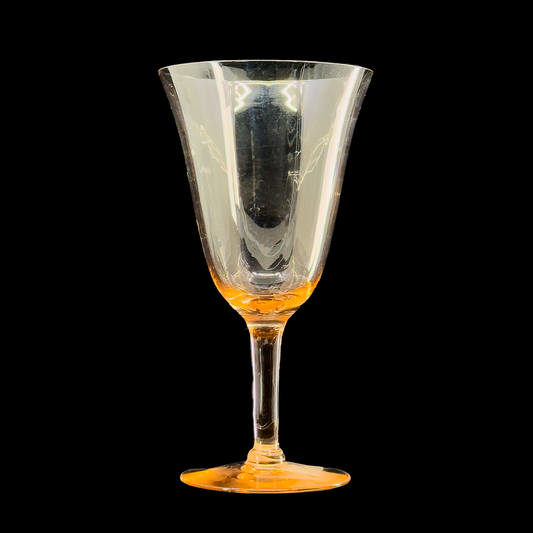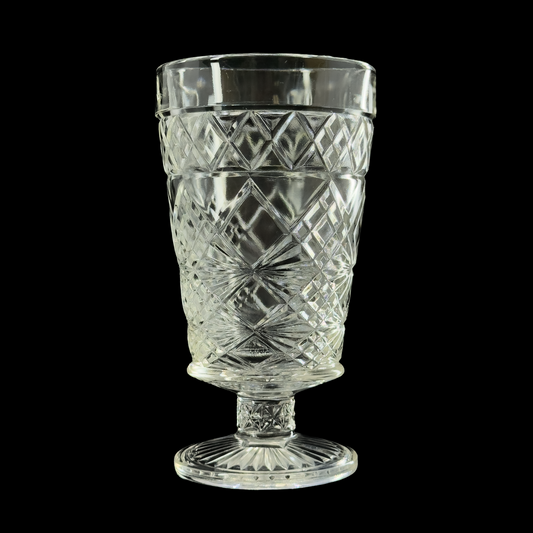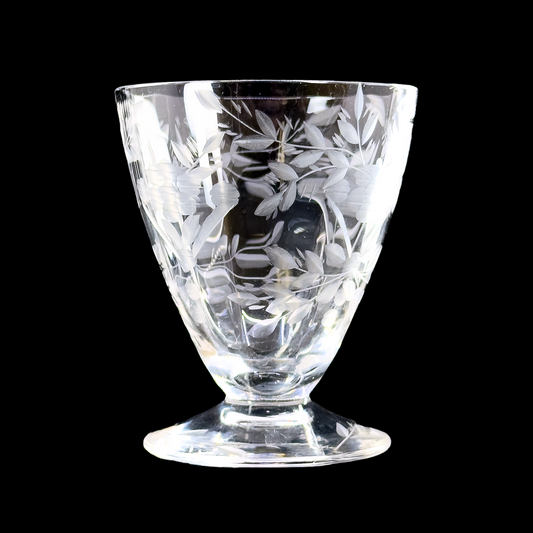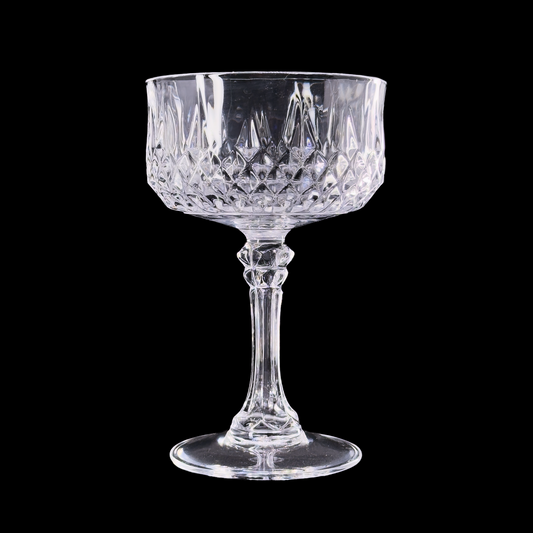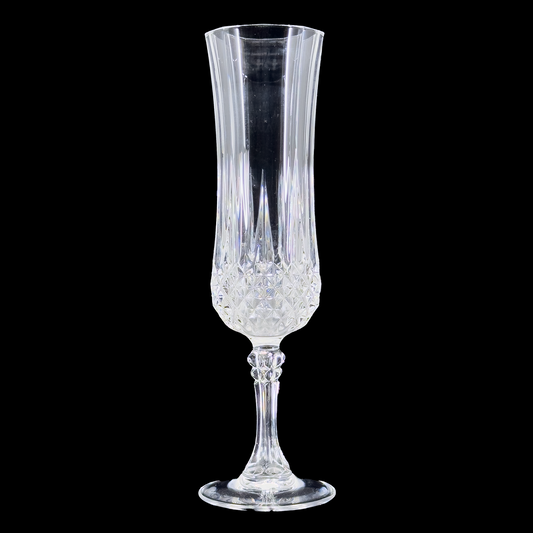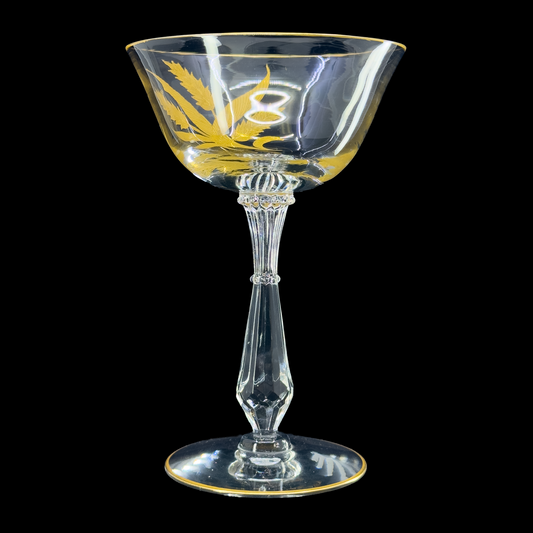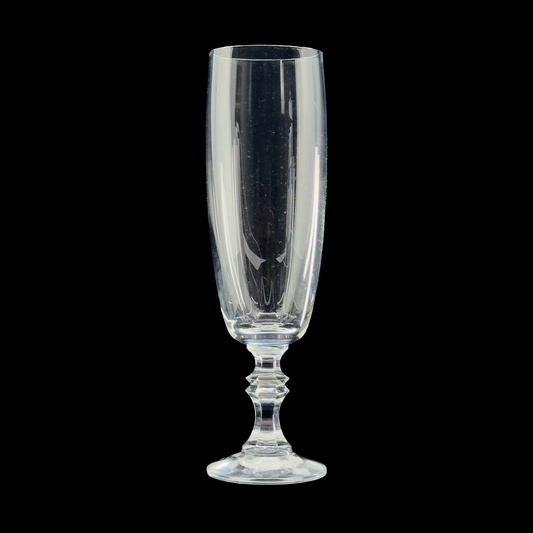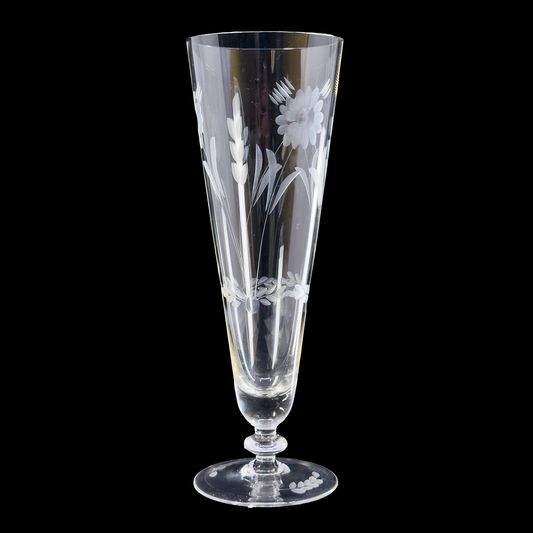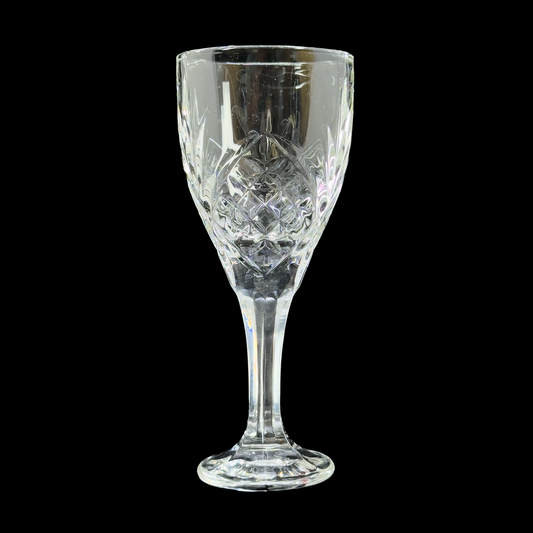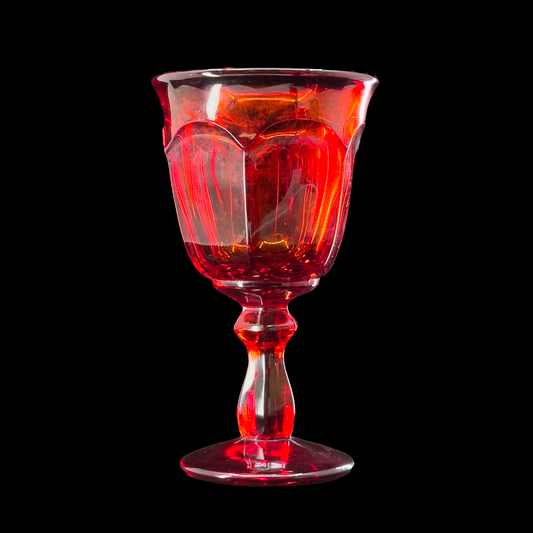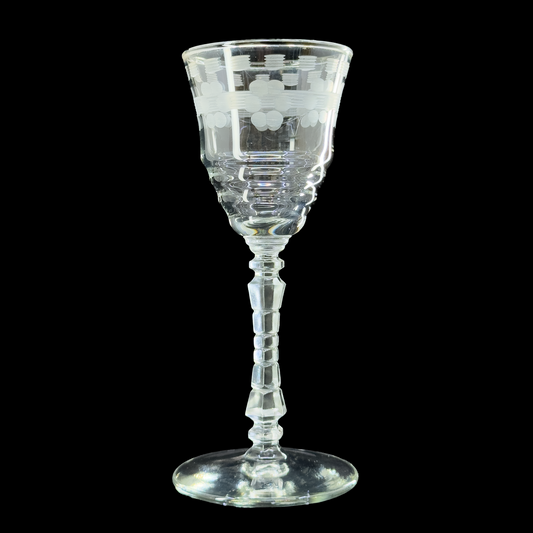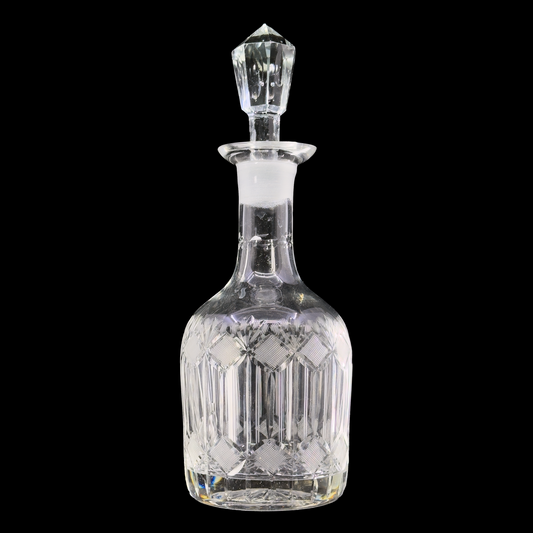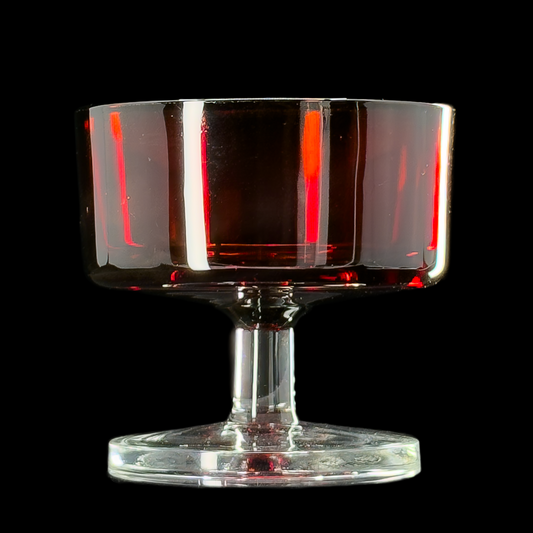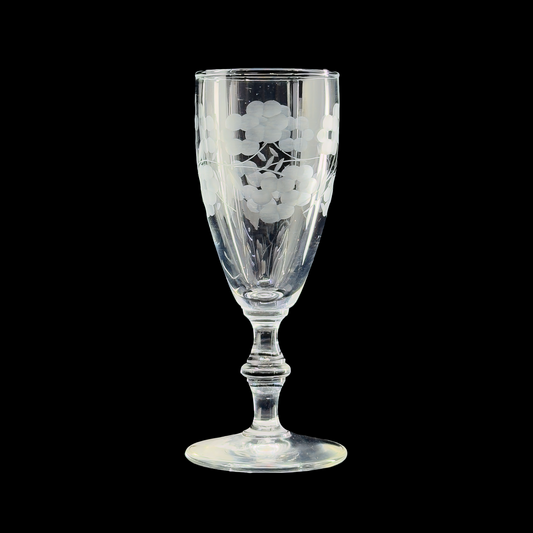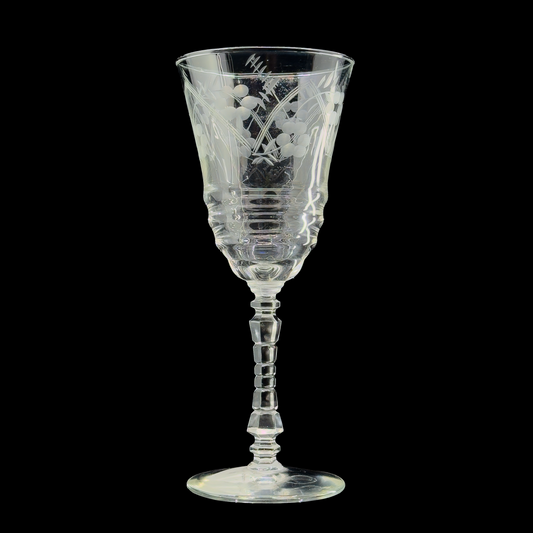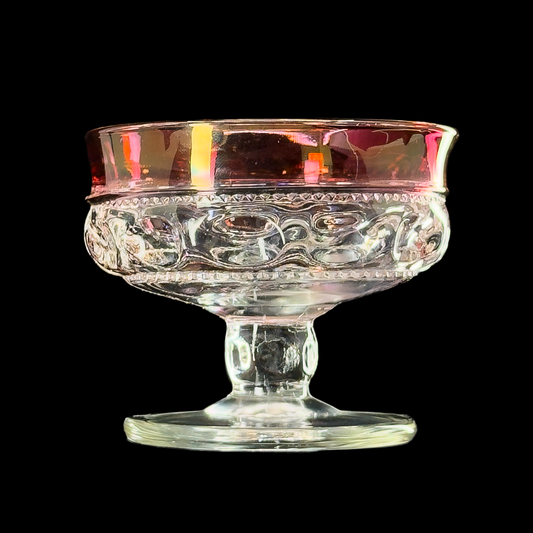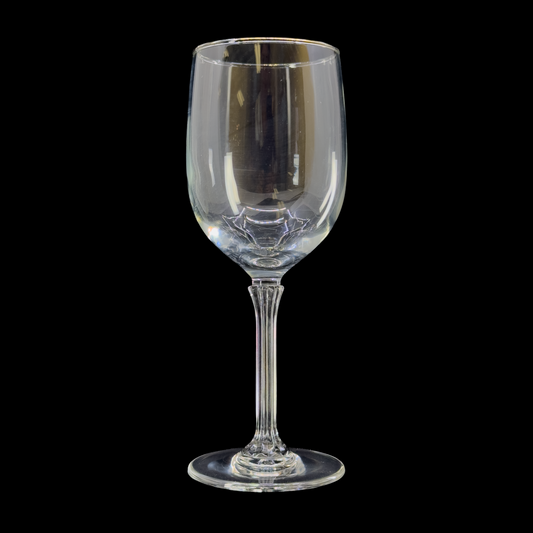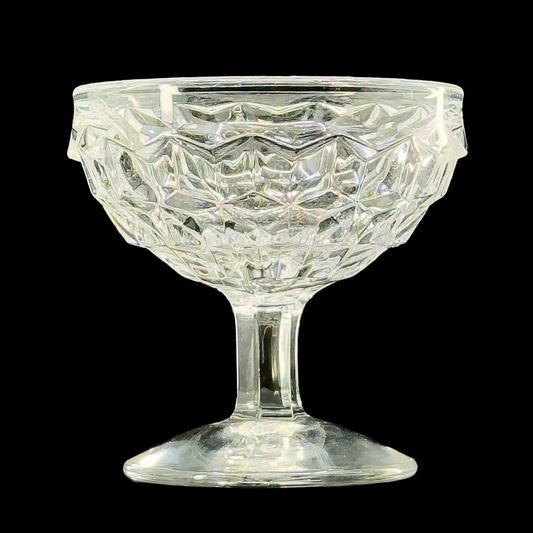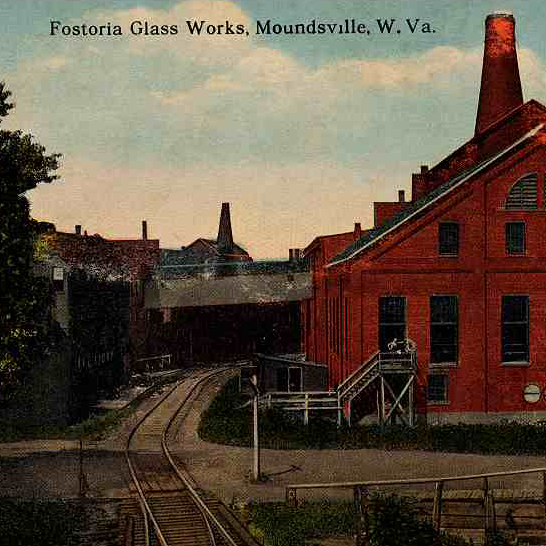
Fostoria Glassware Company
The Fostoria Glass Company stands as one of the most storied names in American glassmaking—a brand that blended artistry, innovation, and elegance across nearly a century of continuous production. Founded in 1887 in Fostoria, Ohio, the company was originally drawn to the region for its abundant supply of low-cost natural gas. Just a few years later, in 1891, Fostoria relocated to Moundsville, West Virginia, to ensure long-term access to vital fuel sources, a strategic move that set the stage for its national success.
Fostoria’s reputation was built on handmade quality and timeless design. Under the leadership of W.A.B. Dalzell, the company expanded rapidly, introducing a series of iconic patterns—most notably the "American" pattern in 1915, a design that went on to become the longest-produced glass pattern in U.S. history. By the late 1920s, Fostoria had earned the distinction of being the largest handmade glassmaker in the country, employing nearly 1,000 artisans and producing over 8 million pieces annually at its peak in the 1950s.
A true pioneer in branding and consumer engagement, Fostoria was among the first glass manufacturers to launch national advertising campaigns, offering complete crystal dinner services at a time when such sets symbolized luxury and refinement. The company played a pivotal role in the rise of the bridal registry tradition in America, and its pieces graced the tables of U.S. Presidents from Eisenhower through Reagan, cementing its place in the nation’s cultural and design history.
Despite its acclaim, Fostoria eventually faced economic pressures in the late 20th century—from shifting consumer tastes to the influx of inexpensive imports and the rise of plastic tableware. The company was acquired in 1983 by the Lancaster Colony Corporation, which closed the Moundsville plant in 1986, bringing an end to a remarkable era of American glass artistry.
Today, Fostoria glassware is highly sought after by collectors and vintage lovers, admired for its refined detail, craftsmanship, and historical significance. Its legacy endures not only through private collections but also in the Fostoria Glass Museum in Moundsville, which preserves the company’s heritage and honors the skilled hands that shaped a century of American dining elegance.
Example product title
Share
Explore The Full Collection From Fostoria Glassware Company
-
Stem 14196 Pink Optic Water Goblet by Tiffin Glass Company
Regular price From $12.00Regular priceUnit price / per -
Big Top Peanut Butter Iced Tea Glasses by Hazel-Atlas
Regular price $12.00Regular priceUnit price / per -
Patern 2011-10 Fruit Cocktail Glass by Rock Sharpe
Regular price $20.00Regular priceUnit price / per -
Longchamp Clear Champagne Coupe by Cristal d'Arques - Durand
Regular price $12.00Regular priceUnit price / per -
Longchamp Clear Champagne Flute by Cristal d'Arques-Durand
Regular price $12.00Regular priceUnit price / per -
Wexford Glass Creamer by Anchor Hocking
Regular price $8.00Regular priceUnit price / per -
Lenox Tall Champagne Coupe with Gold Trim by Tiffin-Franciscan
Regular price $20.00Regular priceUnit price / per -
Xenia Fluted Champagne Glass by Belfor
Regular price $49.00Regular priceUnit price / per -
ARE14 Pilsner Glass by Arcadia
Regular price $10.00Regular priceUnit price / per -
Dublin Wine Glass by Godinger, New York
Regular price $8.00Regular priceUnit price / per -
Old Williamsburg Ruby Wine Glass by Imperial Glass-Ohio
Regular price $19.00Regular priceUnit price / per -
Patern 3005-10 Etched Cordial Glasses by Rock Sharpe
Regular price $32.00Regular priceUnit price / per -
Vintage Crystal Hand-Etched Decanter with Stopper
Regular price $60.00Regular priceUnit price / per -
Cavalier Ruby Champagne Coupe by Cristal d'Arques - Durann
Regular price From $18.00Regular priceUnit price / per -
Peach Blossom Juice Glass by Rock Sharpe
Regular price $7.00Regular priceUnit price / per -
Libbey 3005-2 Water Goblet by Rock Sharpe
Regular price $9.00Regular priceUnit price / per -
Berwick Boopie Clear Champagne/Sherbert Glass by Anchor Hocking Boopie Wine Glass, United States
Regular price $12.00Regular priceUnit price / per -
Gothic Wine Glasses by Cristal d'Arques, France
Regular price $40.00Regular priceUnit price / per -
King's Crown Ruby Flashed Top Only Champagne/Sherbert Coupes by Tiffin-Franciscan
Regular price $18.00Regular priceUnit price / per -
Cavalier Ruby Water Goblet by Cristal d'Arques - Durand, Set of 2
Regular price $18.00Regular priceUnit price / per -
Solera Gold Wine Glasses by Cristal d'Arques-Luminarc
Regular price $15.00Regular priceUnit price / per -
American Clear Low Sherbet Glass by Fostoria
Regular price $20.00Regular priceUnit price / per -
American Clear Tall Sherbet Glass by Fostoria
Regular price $20.00Regular priceUnit price / per -
Mayflower Water Goblet by Fostoria, Set of 2
Regular price $38.00Regular priceUnit price / per

